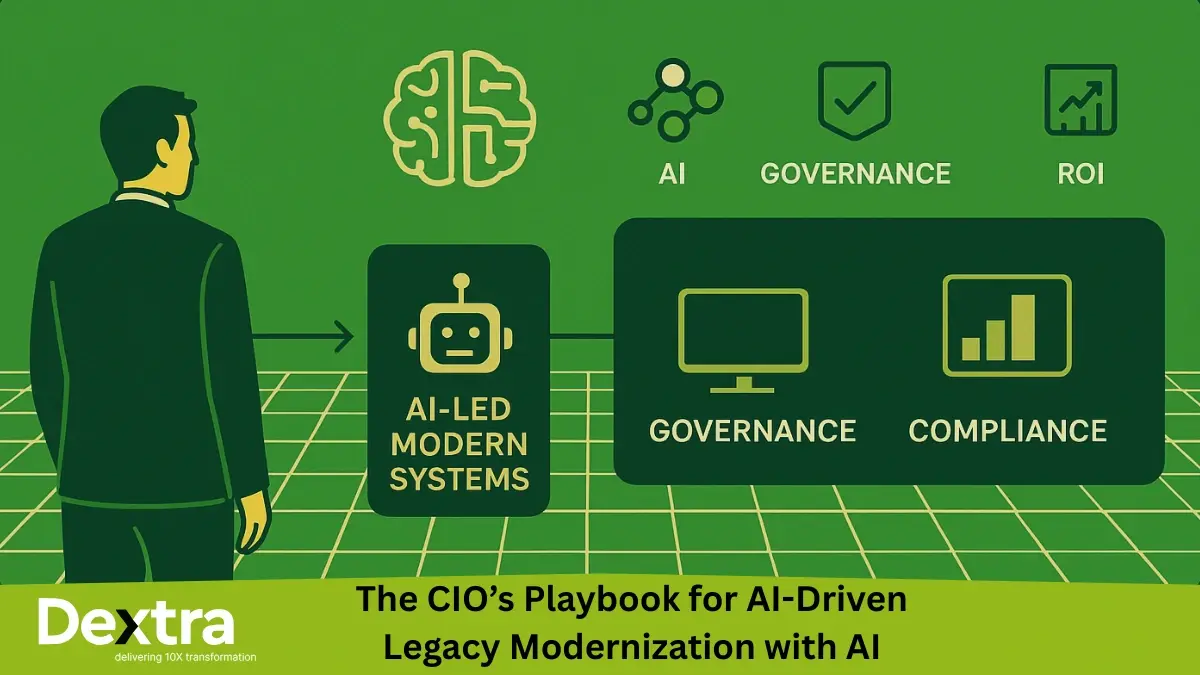In today’s fast-paced digital landscape, businesses operate in a complex ecosystem where technology plays a pivotal role in success. Whether you’re a startup or a well-established enterprise, understanding and managing technical risks is crucial for sustainability and growth. In this blog post, we’ll delve into the importance of identifying and assessing technical risks in your business, and explore strategies to mitigate them effectively.
The Importance of Identifying Technical Risks
Technical risks encompass a broad spectrum of potential pitfalls, ranging from cybersecurity threats and data breaches to software bugs and infrastructure failures. Ignoring these risks can lead to costly downtime, reputational damage, and even legal consequences. By proactively identifying technical risks, businesses can anticipate challenges and implement preventive measures to safeguard their operations.
Steps to Identify Technical Risks
- Conduct a Comprehensive Assessment: Begin by conducting a thorough assessment of your technical infrastructure, systems, and processes. Identify critical components, vulnerabilities, and potential points of failure. Consider factors such as scalability, interoperability, and compliance with industry standards and regulations.
- Engage Stakeholders: Collaboration is key to identifying technical risks effectively. Engage stakeholders from different departments, including IT, operations, and security, to gain diverse perspectives and insights. Encourage open communication and brainstorming sessions to uncover potential risks that may have been overlooked.
- Perform Risk Analysis: Once you’ve identified potential risks, prioritize them based on their likelihood and potential impact on your business. Use risk analysis techniques such as risk matrices or probability-impact assessments to categorize risks and allocate resources accordingly. Focus on high-risk areas that pose the greatest threat to your business objectives.
- Stay Updated: Technology is constantly evolving, and new risks emerge regularly. Stay informed about the latest trends, vulnerabilities, and best practices in your industry. Subscribe to relevant publications, attend conferences, and participate in professional networks to stay ahead of the curve.
Strategies for Assessing Technical Risks
- Quantitative Analysis: Use quantitative methods such as statistical modeling or financial modeling to assess the potential financial impact of technical risks. Calculate metrics such as Return on Investment (ROI) for risk mitigation strategies to prioritize resource allocation effectively.
- Qualitative Analysis: In addition to quantitative metrics, consider qualitative factors such as reputation, customer trust, and brand value when assessing technical risks. Conduct surveys or interviews with stakeholders to gather subjective insights and perceptions about potential risks.
- Scenario Planning: Anticipate various scenarios and their potential outcomes to assess the resilience of your business to technical risks. Develop contingency plans and response strategies for different scenarios to minimize the impact of unforeseen events.
- Third-Party Audits: Engage third-party auditors or consultants to conduct independent assessments of your technical infrastructure and processes. External audits can provide valuable insights and recommendations for improving security, compliance, and risk management practices.
Mitigating Technical Risks
- Implement Robust Security Measures: Strengthen your cybersecurity posture by implementing multi-layered security controls, encryption, access controls, and regular security audits. Train employees on cybersecurity best practices and establish incident response protocols to mitigate the impact of security breaches.
- Backup and Recovery Strategies: Implement robust backup and disaster recovery strategies to protect critical data and systems from loss or corruption. Regularly test backup systems and conduct drills to ensure readiness in the event of a disaster.
- Continuous Monitoring and Testing: Implement proactive monitoring and testing mechanisms to detect and address technical risks in real-time. Use tools such as intrusion detection systems, vulnerability scanners, and penetration testing to identify vulnerabilities and weaknesses before they can be exploited.
- Invest in Training and Development: Invest in ongoing training and development programs to enhance the technical skills and knowledge of your workforce. Empower employees to identify and address technical risks proactively, fostering a culture of accountability and innovation.
Identifying and assessing technical risks is essential for business resilience and long-term success in today’s digital landscape. By following the steps outlined in this blog post and implementing effective risk mitigation strategies, businesses can minimize the impact of technical risks and seize opportunities for growth and innovation.
Remember, the journey to risk management is ongoing. Stay vigilant, adapt to changing threats, and continuously improve your risk management practices to stay ahead of the curve. DextraLabs’ CTO Office provides startups with a wide range of services focused on developing and managing technology strategies. This includes assisting startups in identifying the necessary technologies for their products/services and recruiting high-caliber talent. Additionally, we conduct thorough risk assessments and put in place proactive measures to promote sustainable business growth over the long term. Feel free to contact our experts for more detailed insights and assistance.







